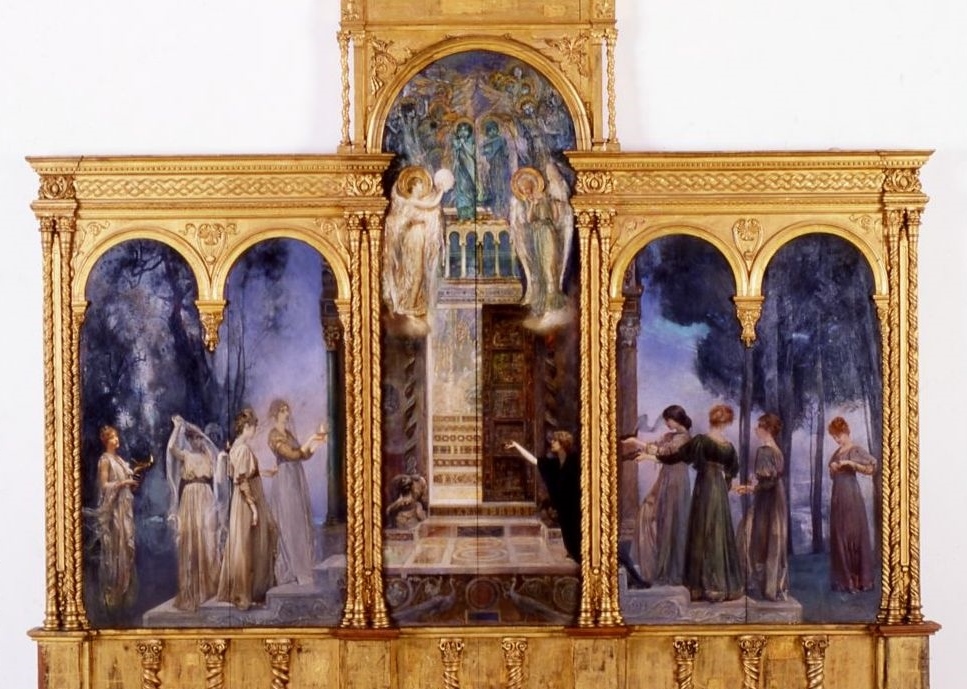
An exhibition in Rome is shedding light on a very interesting aspect of the artistic ferment in Italy and especially in the capital of Italy, which had just become a nation in the last quarter of the nineteenth century.
In the halls of Palazzo Venezia, completely modernized and in the new exhibition wing of the Vittoriano, the exhibition explains how in a moment of absolute lack of common national rules still to be stipulated, foreign collectors could take possession of works belonging to a former pre-unification Italian state with expedients or simply through private individuals who sold without criteria and without control public works, archaeological finds, but also many forgeries.
As we have already had occasion to describe a few months ago, the area of Piazza Venezia was subject to a massive phase of demolition and reconstruction in which everything that appeared or was being demolished could be stolen or sold.
An entire section of the exhibition reverses the perspective usually used to study foreign collectors and focuses on the act of donating works of art to Italy (to the State, its agencies, or institutions, including foreign institutions, but based in Italy and bound to leave the collections in their headquarters), rather than on their extraction. The guiding criterion is represented by the Anglo-Americans, with a perspective that intends to be Italian and not focused only on Florence, usually better known and more studied.
This also makes it possible to highlight the numerous taste tunes between these collectors (Loeser, Horne, Stibbert, Perkins, Whitaker), each of whom retain their own particular character.
The tour at Palazzo Venezia, however, introduces the Wurts: the Roman society of the time was the backdrop to their collecting (the emblem of it is the masterpiece by Giulio Aristide Sartorio, The Savior Virgins and the foolish Virgins), while it highlights their desire to connect to the Swiss-German Wirtz family in search of a European root. The exhibition is introduced by the Tiffany service donated by the United States of America to Count Sclopis in 1874, whose intervention was decisive in resolving a diplomatic dispute between England and the United States. It is a reference to relations between the latter and Italy and at the same time to the world of diplomacy, to which George Wurts belonged.
Continuing on, we can find on display the card file with the description and evaluation of the works in the collection, drawn up at the time of the donation; the genealogy of the Tower family; and various photos of Palazzo Antici Mattei, dating back to the early twentieth century, in which a large part of the Wurts Collection was on display. With the help of these photographs from the early twentieth century, we can understand the atmosphere of those rooms full of works of different styles and materials. There is also a beautiful parenthesis on Villa Sciarra, which the couple bought in the early twentieth century and then donated to the Italian state when they died.
One last section is dedicated to pieces from the collection of Robert Nevin Jenkins, the American Reverend who founded the Church of St. Paul within the Walls in Rome, bought by Wurts at auction at the antique dealer Sangiorgi in 1907.
It is a very interesting exhibition that explains on different levels the Anglo-American taste of the early 1900s in Italy. It also shows the situation of complete disorientation of the institutions unprepared to protect the works of different states that before the unification of Italy each had a different type of legislation. Finally, it also shows how this attraction to Italy by American and North European philanthropists has meant that many of their collections were then donated to the Italian state by the same foreign collectors as the Wurst family.



